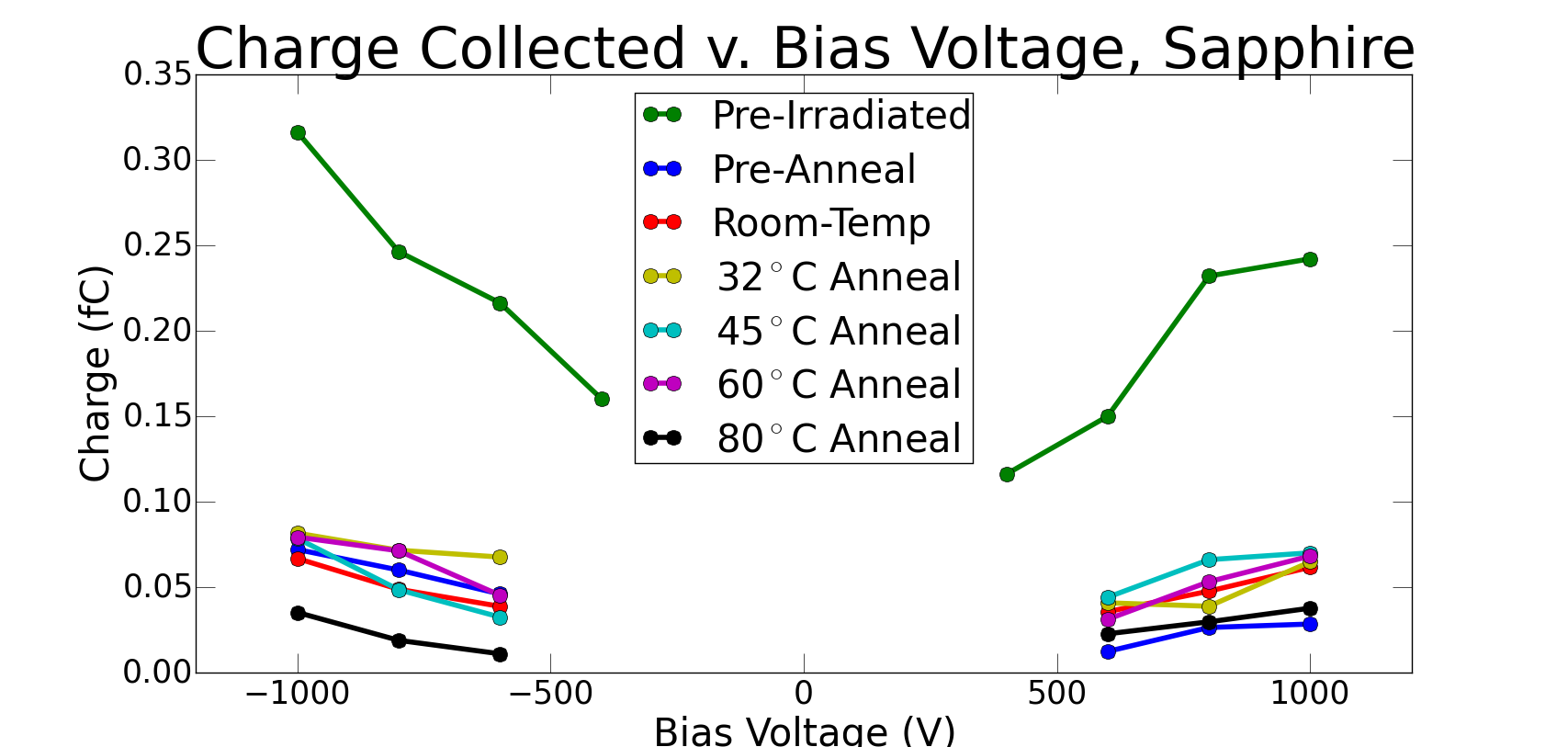
Potential of Industrial Sapphire Sensors for Use in ILC Calorimetry
Physical and Biological Sciences
Santa Cruz Institute of Particle Physics
The predictions of the Standard Model have been verified to great precision over the last several decades, however, experiments at higher energy scales are needed to further test its predictions and limitations. The proposed International Linear Collider would allow scientists to conduct precise experiments at Terascale energies. Interactions between these high energy particles would create a radiation-heavy environment via `beamstrahlung' showers of positron-electron pairs, and the innermost ILC calorimeters are expected to receive an annual dosage of up to 100 Mrad of electromagnetically-induced radiation. Thus, radiation hard particle detectors are needed. The Santa Cruz Institute of Particle Physics is conducting experiment SLAC T-506 in collaboration with Stanford's Linear Accelerator Laboratory, aiming to evaluate the radiation hardness of sensors made from a variety of materials. In this thesis, we report on the measurements of the charge collection efficiency of a sensor made from industrial sapphire before and after an exposure to an electromagnetically-induced radiation dose of 307 Mrad. After irradiation, we observed that the charge collection efficiency diminished by a factor of five compared to pre-irradiation data. Annealing periods at successively higher temperatures had no significant effect on the sensor's charge collection efficiency. We conclude that industrial sapphire is not a suitable material for particle detection in radiation heavy environments, such as ILC calorimetry.